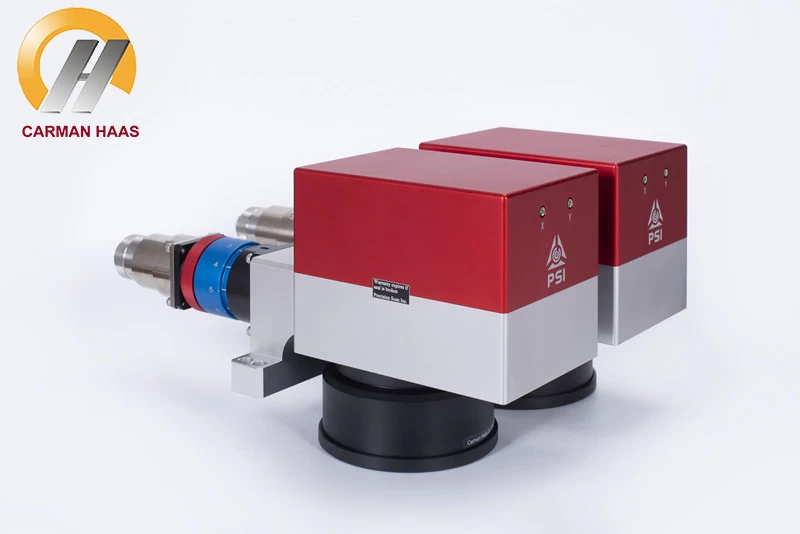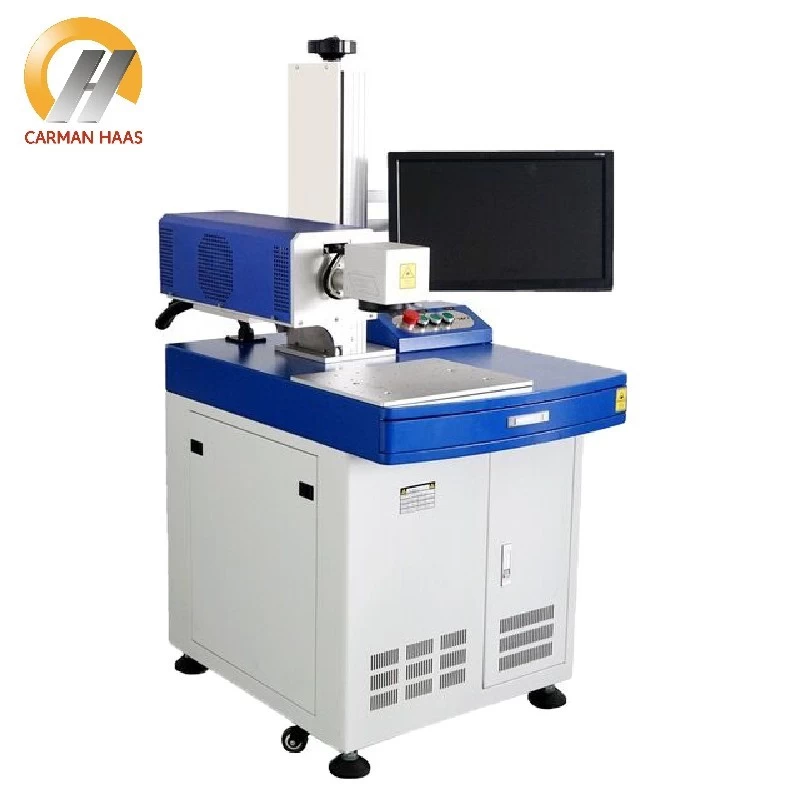3D laser printing and scanning and technology
3D printing technology
3D printing scientific name Additive Manufacturing (AM), based on computer three-dimensional design models; through software layered discrete and numerical control forming system; using laser beams, hot melt nozzles, etc. to combine metal powder, ceramic powder, plastic, cell tissue, etc. The materials are stacked and bonded layer by layer, and finally superimposed to form a physical product. The advantage and core of 3D printing is that it can print any complex geometry, hollow shapes, small batches of personalized customization, and integrated molding.

F-Theta Scan Lens For 3D Printing
The core technologies of 3D printing include FDM fusion layered molding technology, SLA light curing technology, and SLS selective laser sintering technology, which are three commonly used types. It can be said that 3D printing has largely subverted the traditional manufacturing industry. Compared with the low precision of traditional 3D printing (no light is needed), laser 3D printing is better in shaping effect and precision control. The materials used in laser 3D printing are mainly divided into metals and non-metals.

3d printing metal on sale factory
As the technology continues to mature, 3D printing technology is expected to be widely used in the following industries:
1. Traditional manufacturing: 3D printing technology itself is very suitable for mass production, and it is far superior to traditional manufacturing technology in terms of cost, speed and accuracy.
2. Medical industry: In surgery, 3D printing technology can "tailor-build" the organs needed by patients who need organ transplantation, without worrying about rejection.
3. Protection of cultural relics: Many complex substitutes are often used in museums to protect original works from the environment or accidents. At the same time, reproductions can also affect art or cultural relics to more distant people.
4. Architectural design industry: In the architectural industry, engineers and designers have gradually begun to use 3D printers to print architectural models. This method is fast, low-cost, environmentally friendly, and exquisitely produced, which fully meets the requirements of the designer, and at the same time Can save a lot of materials.
5. Accessories industry: 3D printing technology satisfies the personalized and diverse needs of accessories consumers.
3D scanning technology
3D laser scanning technology, also known as real-world copy technology, uses a laser scanning system to quickly, automatically, and real-time obtain three-dimensional data of the target surface and digital terrain models. It is another technological revolution in the field of surveying and mapping after GPS technology.

3d printing metal wholesales china
With the continuous development and improvement of scanning equipment and application software, 3D scanning technology has higher convenience and surveying accuracy. Compared with the abstract representation of traditional two-dimensional plane drawings, three-dimensional laser scanning technology can directly reflect the true colors of the real world. It has a wide range of applications, including cultural relics protection, architecture, planning, civil engineering, factory renovation, interior design, Building monitoring, ship design, digital city, JS and other fields.

















